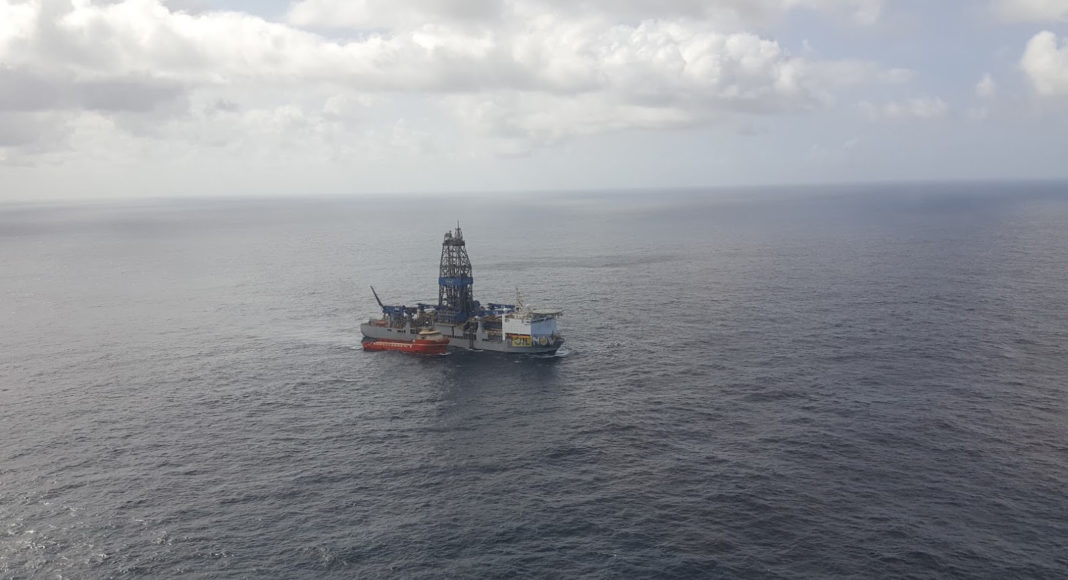With approximately 9 billion barrels of oil equivalent and climbing, Guyana’s deepwater resources have a smaller carbon footprint than heavy oil being produced in Venezuela, Canada and across the world.
Light crude is typically in the 35-45 American Petroleum Institute (API) range, which includes most of the highest valued crudes such as Brent and WTI. Crudes lighter than 45 are typically considered extra-light crude or condensates and are valued lower than light crude because they contain a lot of light ends such as propane and butane. A medium crude is in the 25-35 API range, and a heavy crude is in the 15-25 API range. Light and medium crudes contain less carbon than a barrel of heavy oil.
“If we’re looking for efficient sources of energy with manageable environmental footprints, deepwater may be the place to look,” AAPG Member Henry S. Pettingill, consultant and former geologist for Shell and Noble Energy, has said.
The Liza Crude that is being produced in the deepwater Stabroek block offshore Guyana has a sulfur level of 0.51% and API gravity of 32.10 degrees, making it a medium crude.
“When we talk about carbon intensity, I think it’s important to know the deepwater…has the smallest carbon footprint of any of the oil developments in the world much better than heavy oil in Canada, LNG across the world but also versus Shale,” said John Hess, CEO of Hess Corporation, in a recent interview.
“So, in terms of the energy transition, deepwater oil developments are actually a good thing,” he added.
Hess has a 30 percent interest in the Stabroek block where operator ExxonMobil has made 18 discoveries since 2015.
“We’re still scratching the surface on the Stabroek block,” Hess said, pointing out that the co-venturers still see multi-billion barrels of exploration potential remaining.
Deepwater oil production in Guyana will surpass 750,000 barrels per day (bpd) by 2026 before hitting the 1 million bpd mark by the end of this decade.



